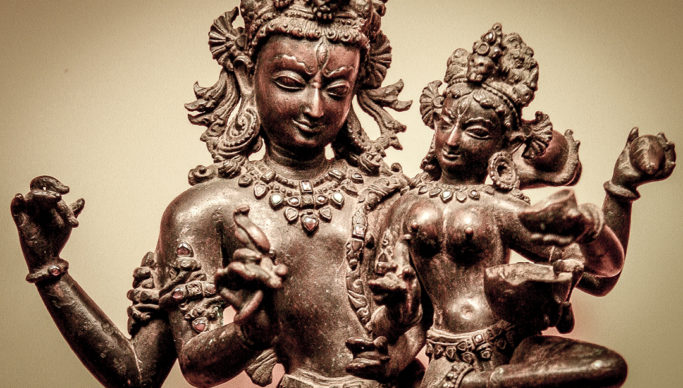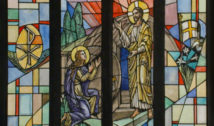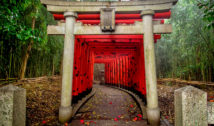
Stolen Hindu Artifacts Return Home as Nepal Celebrates Repatriation Efforts
- By Geoffrey Peters --
- 17 Feb 2024 --
Call it the return of the deities. After being stolen and smuggled overseas for years, dozens of statues depicting Nepal’s revered gods and goddesses are being returned to their Hindu-majority Himalayan abode, marking a notable contribution to a global initiative aimed at repatriating such cultural artifacts to their countries of origin in Asia, Africa, and beyond.
In January, museums and a private collector in the U.S. returned four idols and masks of Hindu gods to Nepal—a small but culturally valuable fraction of the artifacts that have disappeared from the former kingdom, the Associated Press reports.
In a widely published February 15 story, the news agency stated that among the unknown number of missing items returned was a 16th-century statue of Uma-Maheswara, an incarnation of the deities Shiva and his consort Parvati, which was stolen 40 years ago.
The circumstances of its theft and how it came to be in the possession of the Brooklyn Museum in New York are unclear. The statue was ultimately surrendered to the Manhattan District Attorney’s Office.
The Uma-Maheswara statue was tracked by a Nepalese group representing the ethnic Newar community in the U.S. On hearing that the artifact had reappeared at the Brooklyn Museum, where it was locked in the building’s basement, the group’s members made efforts to repatriate the statue along with the four idols and masks.
In Patan, south of Kathmandu, devotees rejoiced at the statue’s return as they gathered in the city’s narrow streets, paved with stone, offering their goddess money and flowers. Wearing traditional Nepali attire, men chanted prayers while banging on drums and playing cymbals.
Preparations are currently underway at the temple in Patan to reinstall the Uma-Maheswara statue. After a welcoming ceremony, the statue was positioned on a chariot and carried by devotees to a museum, where it will be securely stored until its permanent placement.
“I cannot say how extremely happy I am right now,” Ram Maya Benjankar, told the AP, recalling that as a child, she had cried upon discovering that the statue had been stolen and had spent years in anticipation of its return. The statue, explained the 52-year-old, had vanished from their community without explanation.
With a population of 29 million people, Nepal has temples in every neighborhood that house Hindu gods and goddesses. Because it is rare for the temples to be guarded, they are easy targets for thieves.
To the Nepalese, the idols hold immense religious value but lack monetary worth. For smugglers, however, the artifacts can fetch a high price overseas.
For years, minimal attention was paid to the thefts, and there were no concerted efforts made for their recovery. In recent years, a shift has occurred as the government, art enthusiasts, and advocates actively pursue stolen heritage items, resulting in numerous successful recoveries.
According to Jayaram Shrestha, director of the National Museum in Kathmandu, over 20 other stolen artifacts are set to be repatriated to Nepal in the near future—the majority of them from the U.S. and Europe.



















